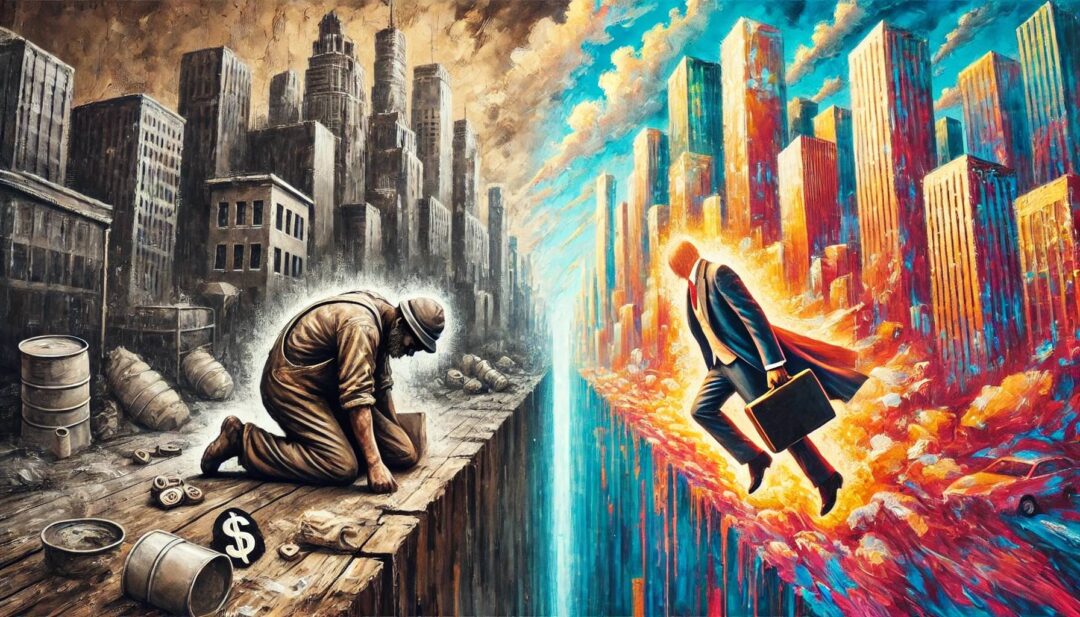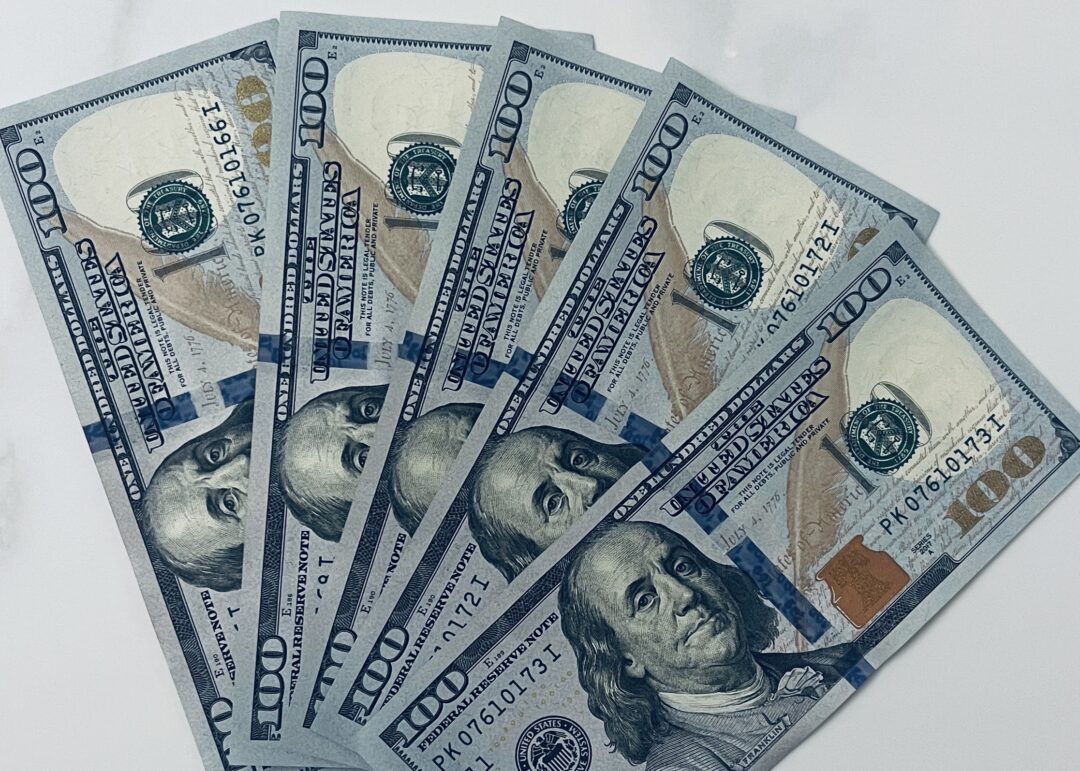Interest rates in the U.S. tend to move in long arcs—rising or falling over decades before reversing. From the end of World War II in the 1940s, rates entered a multi-decade uptrend that lasted into the early 1980s. Then, from 1981 until around 2020, they began an epic downtrend, reaching near-zero levels and fueling an era of cheap money.
Now, in the mid-2020s, interest rates have reversed course again. The question is: what comes next? To get a clearer view of the road ahead, it helps to look back—not just at 1945, but at the full arc of what followed, and how the dynamics of that era compare to today’s emerging cycle.
From the 1940s to the 1980s: Rising Rates, Rising Pressures
After WWII, the U.S. entered a period of strong economic growth—but it also experienced gradual, then accelerating, inflation. Here’s what drove that 40-year rise in rates:
Key Forces Driving Rates Higher (1945–1980)
- Wartime debt + postwar growth: High public debt was quickly eroded by strong GDP growth and moderate inflation.
- Baby boom & labor force growth: A surge in population and productivity fueled demand—and inflationary pressure.
- Vietnam War + Great Society: Heavy government spending in the ‘60s contributed to overheating.
- Oil shocks in the ‘70s: Energy crises drove inflation into double digits.
- Loose monetary policy: The Fed often prioritized growth and employment over price stability—until it couldn’t anymore.
- Paul Volcker’s Fed (1979–1980): The Fed finally acted decisively, raising rates dramatically to bring inflation under control.
End result: By the early 1980s, interest rates peaked at historic highs (~20%) as the Fed broke the back of inflation, ushering in the next era.
From the 1980s to 2020: The Great Rate Decline
After Volcker’s shock therapy, inflation collapsed. Over the next four decades, rates fell steadily. What fueled the decline?
Key Forces Driving Rates Lower (1980–2020)
- Disinflation and central bank credibility: Inflation targeting and independent central banks anchored expectations.
- Globalization: Cheap labor, global supply chains, and open markets kept goods prices low.
- Technology boom: Increased productivity and automation kept wage growth contained.
- Demographic tailwinds: Baby boomers entered peak earning years, providing labor and savings.
- Aging populations & inequality: More saving, less spending = downward pressure on rates.
- High debt loads: Governments and businesses preferred low rates to manage growing leverage.
Result: A world of low inflation, low growth, and ultra-low interest rates—interrupted only briefly by crises like the dot-com bust and the 2008 financial collapse.
From Now (2025) Onward: A New Cycle Begins?
Now, we’re in the early stages of a new potential rising-rate regime. The pandemic, geopolitical shocks, and structural shifts have triggered the first real inflation surge in decades. The Fed has responded forcefully, raising rates to levels not seen since before 2008. But is this just a temporary correction—or the beginning of another multi-decade arc?
What’s Similar to the Post-1945 Era?
- High Public Debt
Then: WWII spending.
Now: COVID stimulus, aging population, and persistent deficits.
Potential effect: Could either fuel inflation (if financed by printing) or constrain rate hikes (if debt service becomes unsustainable). - Structural Rebuilding
Then: Rebuilding after war; new global order.
Now: Rebuilding supply chains, clean energy transition, AI-driven shifts.
Potential effect: Like the postwar boom, these transitions may boost investment and productivity—but also stress old systems. - Rising Geopolitical Tensions
Then: Cold War, decolonization.
Now: U.S.–China rivalry, multipolar realignment, war in Europe.
Potential effect: More military and energy spending, less global economic integration—potentially inflationary.
What’s Very Different—and Why It Matters
- Demographics Are Reversing
Then: Young population, surging workforce.
Now: Aging populations, shrinking workforces in the West and China.
Impact: Slower growth, more saving, and less natural inflation—could eventually cap how high rates can go long-term. - Technology as Deflationary Force
Then: Postwar tech (cars, appliances) created demand.
Now: AI, automation, and software may displace demand (or workers).
Impact: Strong downward pressure on wages and prices over time. - Globalization in Reverse
Then: U.S.-led global integration.
Now: Friendshoring, reshoring, protectionism.
Impact: Higher costs, less efficiency—but more domestic resilience. Could make inflation more volatile. - Central Bank Independence
Then: The Fed was subservient to the Treasury until the 1951 Accord.
Now: Stronger institutional independence (though political pressure is rising).
Impact: More credibility to act early—but also more scrutiny from markets and governments.
So What Could Happen Next?
If we view 2025 as a new inflection point—like the late 1940s—there are multiple ways the next few decades could unfold. Here are two possible paths:
Scenario A: The 1940s Redux—Rates Rise for Decades
- Structural inflation remains a threat due to geopolitical instability, reindustrialization, and aging infrastructure.
- The Fed fights inflation in waves, and the “neutral” rate stays elevated.
- Governments continue large deficits, pushing up long-term yields.
- Result: A slow, grinding rise in rates over decades—though not as high as in the 1970s.
Scenario B: A Head Fake—Back to Low Rates
- After the post-COVID inflation spike fades, deflationary forces (demographics, tech, debt) reassert themselves.
- The Fed cuts rates, real rates stay low or even negative.
- Long-term trend reverts toward stagnation and low yields.
- Result: Brief rising-rate episode gives way to a return of the “low for longer” world.
Final Thoughts: Cycles Repeat, but the Context Changes Everything
The path from the 1940s to the 1980s was shaped by growth, demographic momentum, and inflation that slowly built before bursting. The path from 2025 onward will be shaped by aging, digitalization, climate change, and geopolitical fragmentation. It may rhyme—but it won’t repeat.
Whether interest rates stay high, rise slowly, or return to Earth depends on which forces win out. But we’re no longer in the low-rate world of the 2010s—and we may not return there anytime soon.
Discover more from Brin Wilson...
Subscribe to get the latest posts sent to your email.



